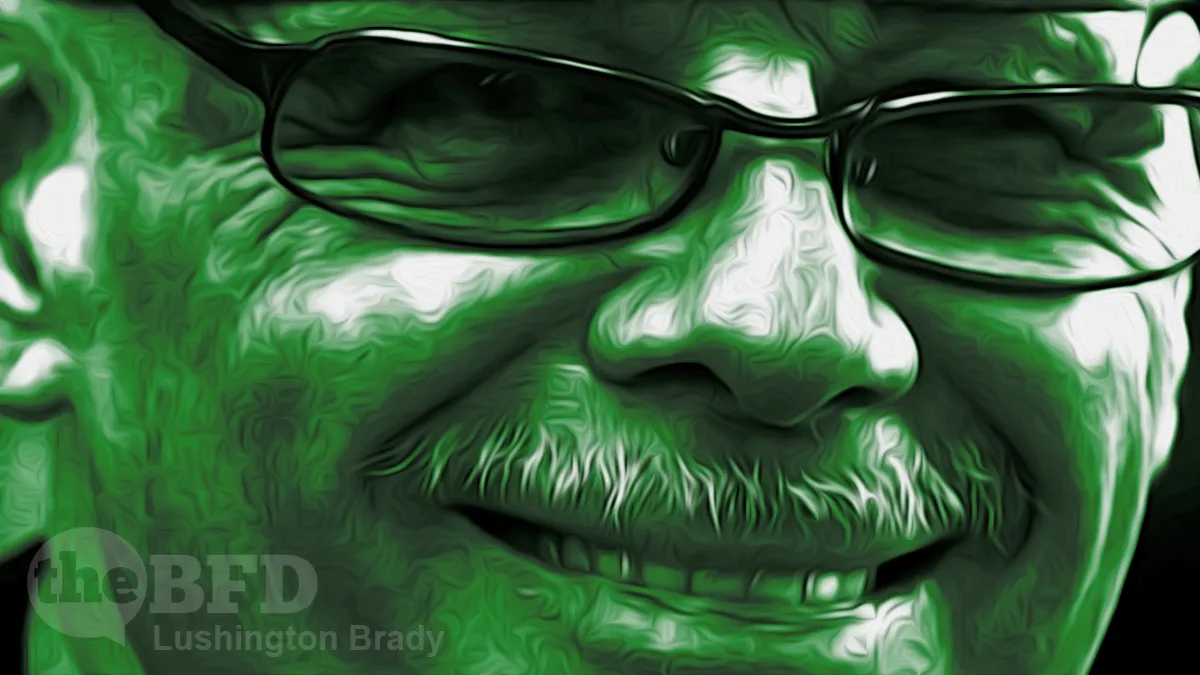The notion of “separating the art from the artist” is a long-running debate. Most of the time, frankly, we should. I first learned this lesson in the ’80s, when I began doing freelance music journalism. I discovered very quickly that some people whose work I admired were utter dickheads. Others, whose stuff I was not so keen on, were the loveliest people you could meet.
It was a happy moment when the best of both worlds was true, of course – and it often was. Still, I learned to keep listening to some artists and forget what staggering pricks they were.
There are some, though, who stretch that to breaking point. Much as Rock’n’Roll Part 1 & 2 is one of the greatest rock songs of all time, it’s hard to listen to it without a twinge of uneasiness (with all apologies to the Glitter Band, who bear no responsibility for their frontman’s crimes). Despite the greatness of Chinatown, Rosemary’s Baby and Frantic, it’s hard to forget that they were all made by a convicted and unrepentant child-rapist.
But, drawing the line between art and artist is pretty rubbery – and involves a lot of hypocrisy. The same people who refuse to listen to Gary Glitter any more are quite often die-hard fans of Led Zeppelin and David Bowie. The same Hollywood that more or less outcast Woody Allen gave a standing ovation to Roman Polanski.
This includes critic Claire Dederer, who has written an entire book on the subject, Monsters: A Fan’s Dilemma. Dederer rightly offers Polanski as “a defining example of a monster and the problem such a person poses to the audience”. Yet, Dederer has no trouble declaring that,
“[Polanski’s] work is undeniably great. Many people think his film Chinatown is among – if not the – best film ever made,” Dederer says.
Yet, she argues that it’s impossible to make the same distinction when it comes to Woody Allen.
“[It] makes [Manhattan] really disturbing to watch” […] Dederer found she couldn’t detach her feelings about Manhattan from what she now knew about its director.
Did Woody Allen drug and anally rape an underage child? That is Polanski’s crime that Dederer is apparently able to brush aside.
It was revealed in 1992 that Allen was in a real-life relationship with a woman 35 years his junior: Soon-Yi Previn, his ex-partner Mia Farrow’s 21-year-old adopted daughter.
The revelation of Allen and Previn’s age difference, as well as their family connection, earned the filmmaker widespread opprobrium and cast his film Manhattan, with its similar relationship, in a sinister light.
Except that Previn was an adult, and Allen, who was separate from Farrow at the time, had never been anything remotely like “family” to her. More to the point, the pair have stayed happily married for decades.
Allen’s relationship with a younger woman may or may not be creepy, but it’s not a crime – certainly nothing like Polanski’s.
But Dederer’s hypocrisy doesn’t end there. When it comes to female monsters, she’s all excuses.
While Dederer explores the anti-Semitism of Virginia Woolf and JK Rowlings’ divisive views on transgender issues, female artists are more commonly considered monsters for being a bad mother.
In her book, Dederer examines women who put their art before motherhood, such as musician Joni Mitchell, who at 21 gave up her baby for adoption.
If Mitchell has been branded a “monster” for that, it’s news to me. I’ve never seen it regarded as anything other than a tragedy of early ’60s attitudes.
Then there’s Doris Lessing, who left two of her children with their father to pursue a writing life […]
Dederer concludes: “While men’s most terrible crime … is rape, of course, for women, I’m exploring the idea that the most terrible crime as perceived by society is the failure to take care of our children.”
ABC Australia
What does Dederer have to say about Dorothy Hewitt, who assiduously pimped out her underaged daughters for years?
Or how about rapper Cardi B, who openly brags about drugging and robbing men? Or Wire actress Felicia Pearson, who shot and killed another girl at 14?
It seems that, when it comes to drawing the line between the art and the artist, prejudice mostly rules the roost.









